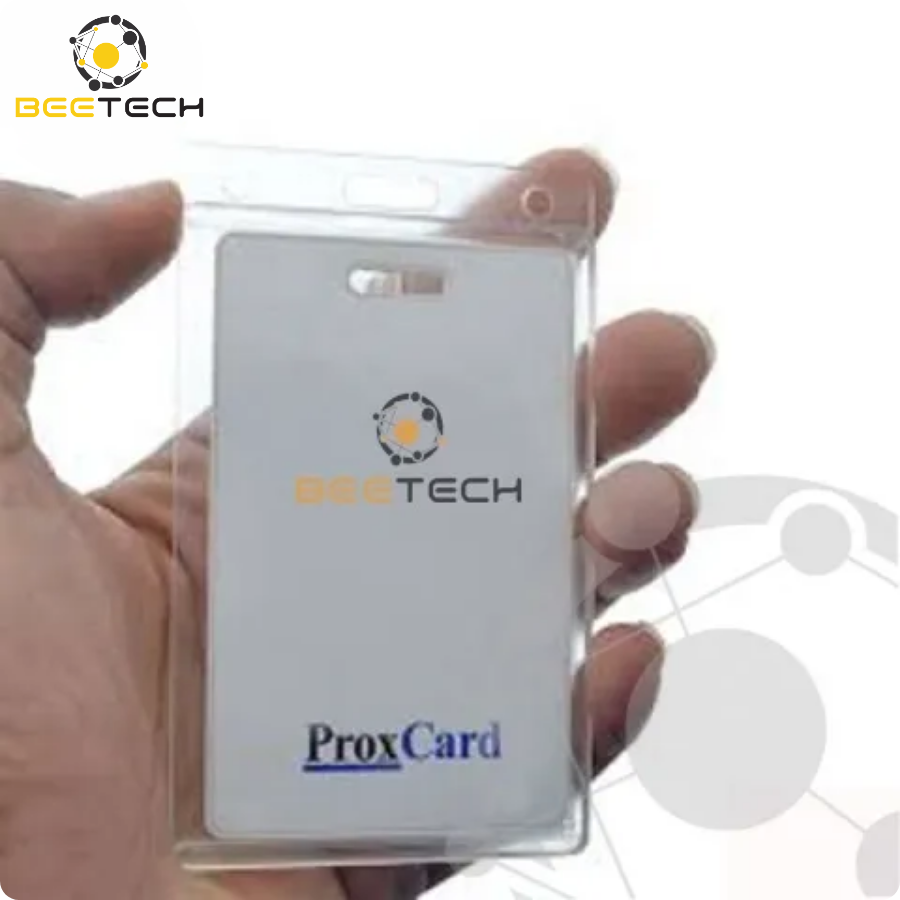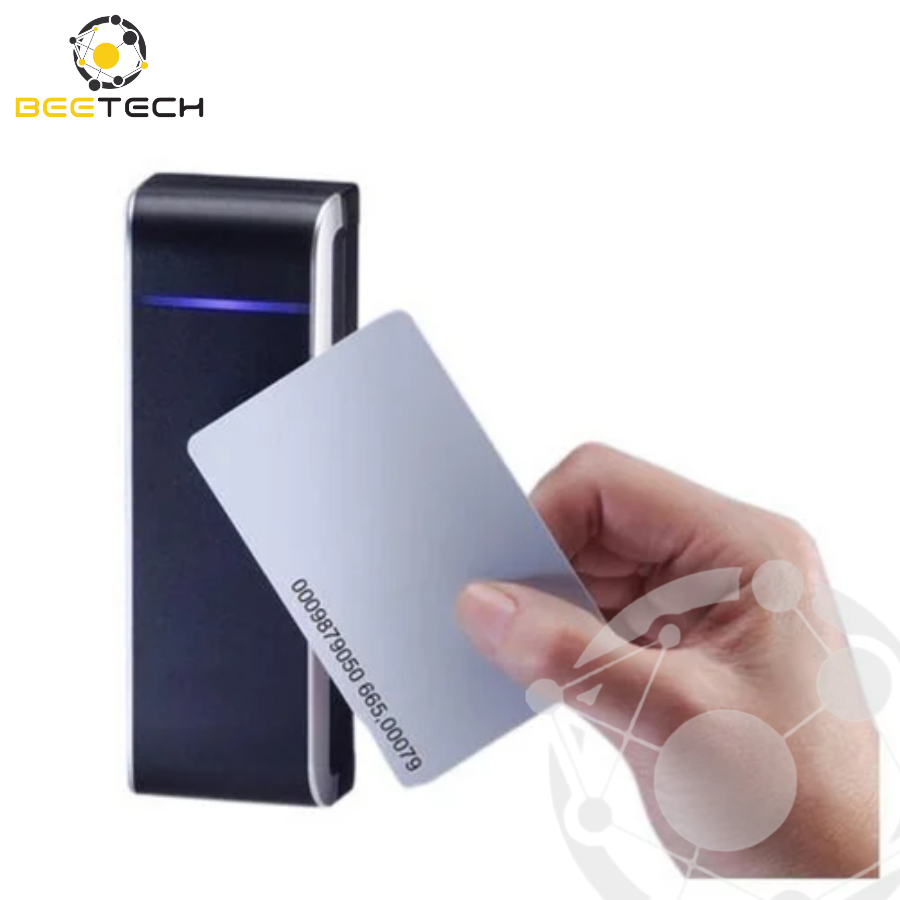80-82 Cao Duc Lan, District 2, HCMC, Vietnam
+84 76 865 6688
info@beetech.com.vn
+84 76 865 6688
About us
Contact us
80-82 Cao Duc Lan, District 2, HCMC, Vietnam
+84 76 865 6688
info@beetech.com.vn
+84 76 865 6688
About us
Contact us
From $59.59
Online 24 Hours
365 A Day
Secure Payment
Best Sellers

Anten bảng điều khiển Laird PAV90209H (LP) (FCC) [B-Stock]

Anten bảng điều khiển Laird PAV90209H (LP) (FCC) [B-Stock]
Availability :
Product type : Other FRID Tags
Brand :
Contact
Proximity cards, also known as “prox cards,” are a type of contactless smart card that can be read without physical contact with a reader.
QTY: 1
Code: Proximity 125KHz
*Price can be negotiated further
Proximity cards, also known as “prox cards,” are a type of contactless smart card that can be read without physical contact with a reader. They function similarly to traditional magnetic stripe cards, such as credit cards, but they do not require physical insertion into the reading device. The key advantage of proximity cards is that they can be read at a distance, offering a seamless and efficient experience.
These cards are a part of the broader contactless card technology and are designed to work by being held near an electronic reader for a brief moment. The reader then decodes an encoded number, often accompanied by an audible beep or sound to signal that the card has been successfully read.
While the term “prox card” was originally associated with older 125 kHz technology, today, proximity cards have evolved and use the newer 13.56 MHz technology, which provides better performance and broader use cases. Proximity cards are widely used for access control, time and attendance, contactless payments, and a variety of other applications where quick, secure, and convenient card-based identification is needed.

Proximity cards rely on radio frequency identification (RFID) technology to transmit data to a reader. The cards have an embedded RFID chip and antenna that communicate wirelessly with the reader when brought within range. Proximity cards typically have a range of up to 50 cm (less than 15 inches), allowing for a wider scanning range compared to traditional contactless smart cards, which usually have a read range of only 2-10 cm (1-3 inches).
Upon holding a proximity card near the reader, the card transmits a unique identification number to the reader. In response, the reader processes this data and verifies the card’s identity, triggering the appropriate action (e.g., granting access to a door, recording attendance, etc.).
The typical features of a proximity card include:
Proximity cards are commonly used in a wide range of applications, especially where secure, fast, and reliable identification is needed. Some of the most popular uses include:
One of the most common applications for proximity cards is access control systems. In these systems, proximity cards are used to restrict or grant access to secure areas, such as:
By simply holding the proximity card near a reader, the system quickly authenticates the card, granting access without the need for manual entry.
Proximity cards are widely used in timekeeping systems to track employee attendance. Employees can simply scan their proximity cards when entering or exiting a facility. This process helps:
Proximity cards are also used as employee ID cards, membership cards, and visitor badges. They can be linked to the person’s profile, allowing for:
Some proximity cards can be linked to cashless payment systems, allowing users to make payments for services like vending machines, toll booths, or public transportation. They can store a preloaded balance, which is used to pay for transactions. With the growing trend of contactless payments, proximity cards are becoming a key part of the payment landscape.
Proximity cards can be integrated with elevator systems for building access control. Only authorized personnel can access specific floors by scanning their proximity cards, preventing unauthorized individuals from entering sensitive areas.
One of the primary advantages of proximity cards is their ability to offer quick and easy access. Unlike traditional contact cards that need to be swiped or inserted into a reader, proximity cards can simply be held near the reader, speeding up the entire process.
Proximity cards offer a longer read range (up to 50 cm), which is a significant improvement over traditional contactless smart cards. This long range allows for greater flexibility in the placement of readers and facilitates a smoother user experience.
Proximity cards are built to last. With a robust construction, they can withstand physical wear and tear, moisture, and environmental conditions. The materials used in proximity cards—PVC, ABS, or PET—are all durable and resistant to damage.
Proximity cards, especially those that use 13.56 MHz technology, are secure and resistant to cloning or unauthorized duplication. They use encrypted communication to ensure that only authorized readers can authenticate the card.
Proximity cards can be used in a variety of settings and for different purposes, making them incredibly versatile. Whether it’s for access control, timekeeping, or payments, these cards offer the flexibility to be adapted to different environments and needs.

Beetech has over 12 years of experience in the AutoID field, specializing in RFID, barcode, and other identification technologies. As one of the leading providers in Vietnam, Beetech offers smart card solutions that are customizable to meet your needs.
Proximity cards represent a modern, efficient, and secure solution for access control, time and attendance tracking, cashless payments, and more. With their long-range, durability, and ease of use, proximity cards are a versatile and reliable choice for organizations looking to enhance their security and streamline their operations.
Learn more about the product: Here